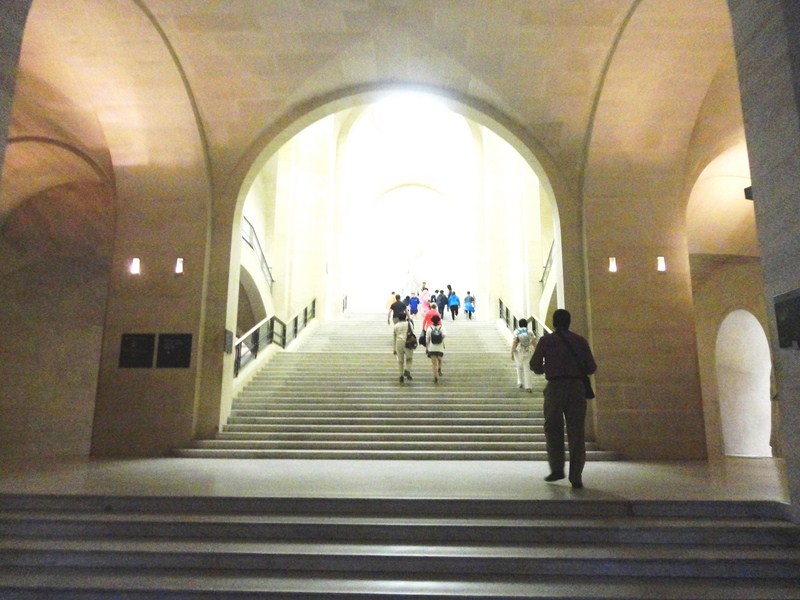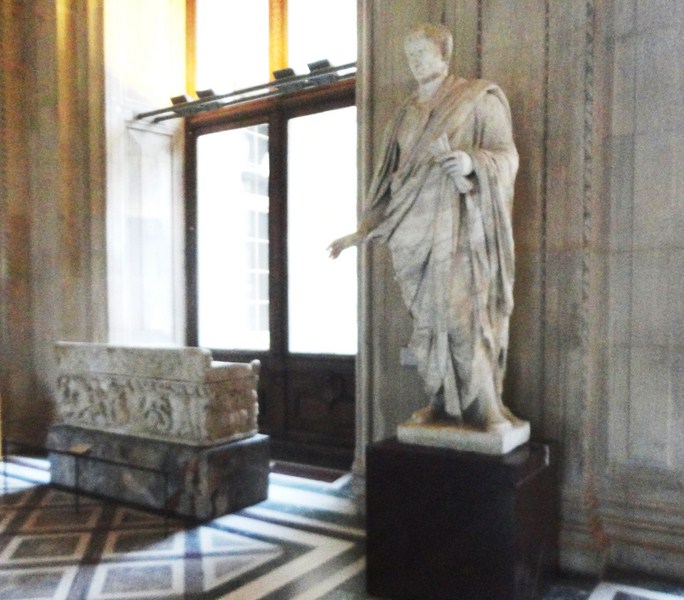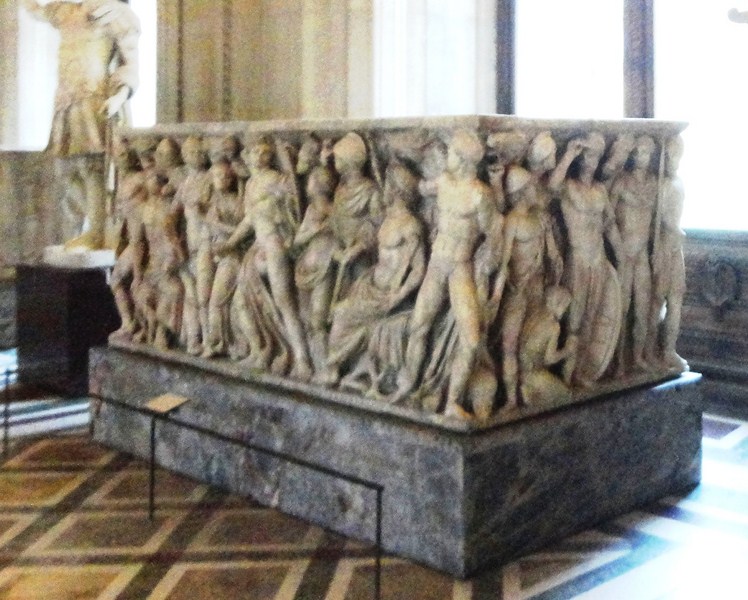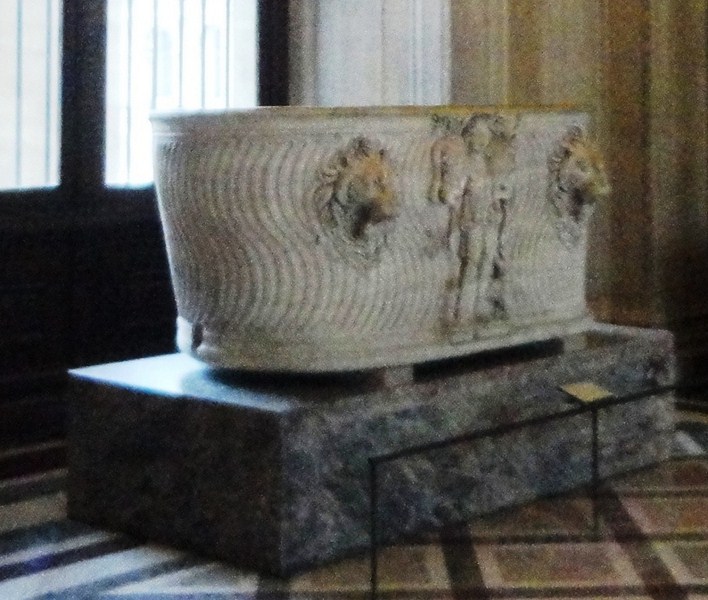The Daru Gallery (Galerie Daru), which formed part of Napoleon III‘s “New Louvre,” was originally intended as a sculpture gallery for the annual Paris Salon.
Check out “Louvre Museum” and “Louvre Museum – Painting Collection“
It now receives and displays Greek and Roman antiquities from the Borghese collections, notably the celebrated Borghese Gladiator which exemplifies increased focus on the human form after the 4th century BC., and the Borghese Vase, bought by Napoleon I from his brother-in-law Camille Borghese.
Check out “Louvre Museum – Greek, Etruscan and Roman Department”
It also houses large nineteenth-century French works by the Romantics Antoine-Jean Gros, Theodore Géricault, and Eugene Delacroix.
Like the one opposite, the former Mollien Gallery (currently the Michelangelo Gallery), the Daru Gallery is on the ground floor of the buildings built on the south side of the new buildings built for Napoleon III between 1854 and 1857.
Built for the exhibition of the Salon’s sculptures, these two galleries take the form of the Salle des Cariatides, one of the oldest rooms in the Louvre Palace.
The gallery, decorated between 1861 and 1862, is located between the entrance to the Denon Pavilion and gives access to the Daru Staircase (completed in 1930), dominated by the Winged Victory of Samothrace.
Louvre Museum: 75001 Paris, France. Tel: +33 1 40 20 50 50. Open daily, except Tuesdays and holidays, 9 AM- 6 PM (until 10 PM on Wednesday and Friday evenings).
The Louvre has three entrances: the main entrance at the pyramid, an entrance from the Carrousel du Louvre underground shopping mall, and an entrance at the Porte des Lions (near the western end of the Denon wing).
Admission is free, from October to March, on the first Sunday of every month. Still and video photography is permitted for private, noncommercial use only in the galleries housing the permanent collection. The use of flash or other means of artificial lighting is prohibited. Photography and filming are not permitted in the temporary exhibition galleries.
How To Get There: the Louvre can be reached via Metro lines 1 and 7, station Palais Royal – Musée du Louvre Métro or the Louvre-Rivoli stations. By bus, take No. 21, 24, 27, 39, 48, 68, 69, 72, 81, 95 as well as the touristic Paris l’Open Tour. By car, there is an underground parking reachable by Avenue du Général Lemonier, every day from 7 AM – 11 PM.








